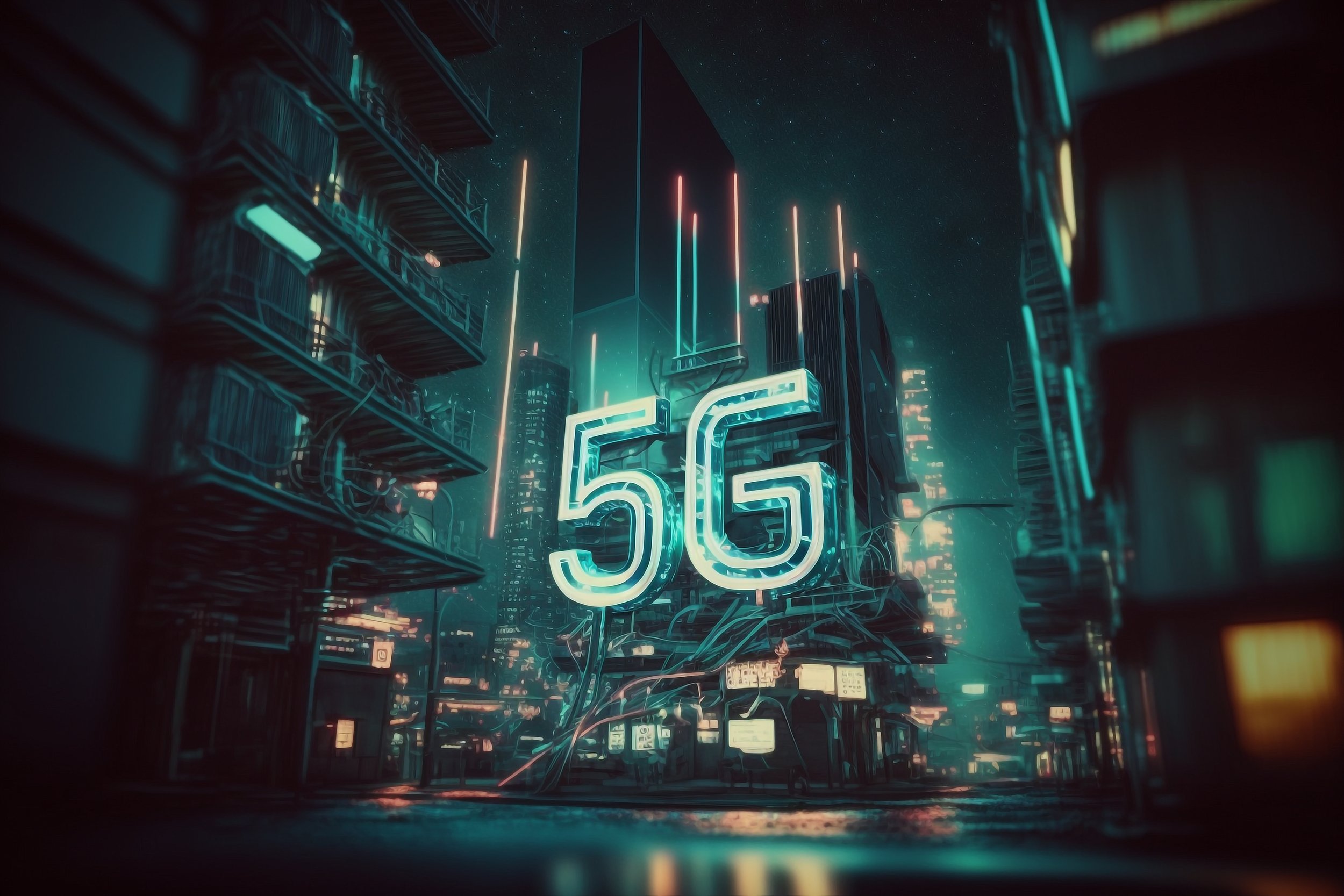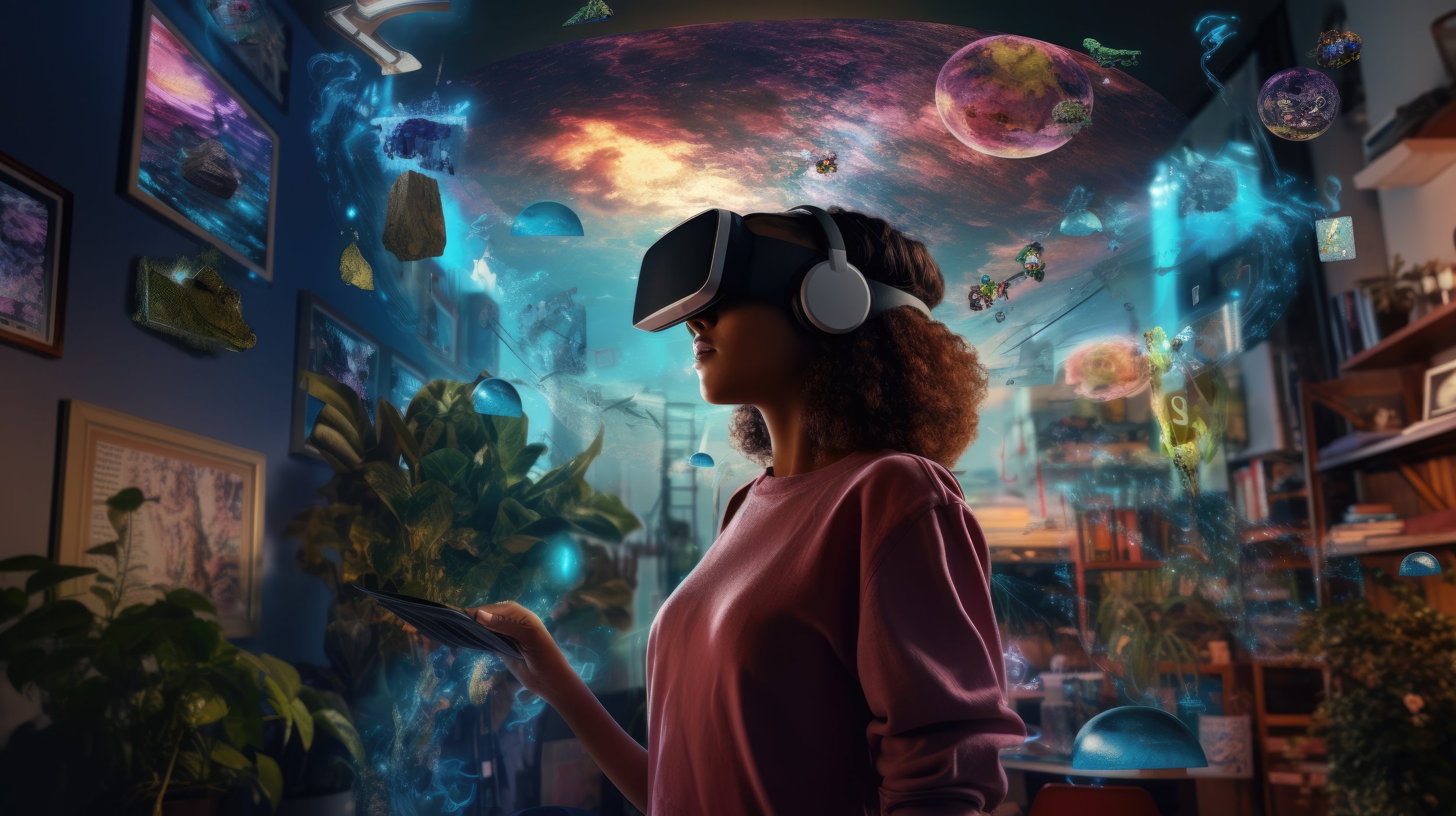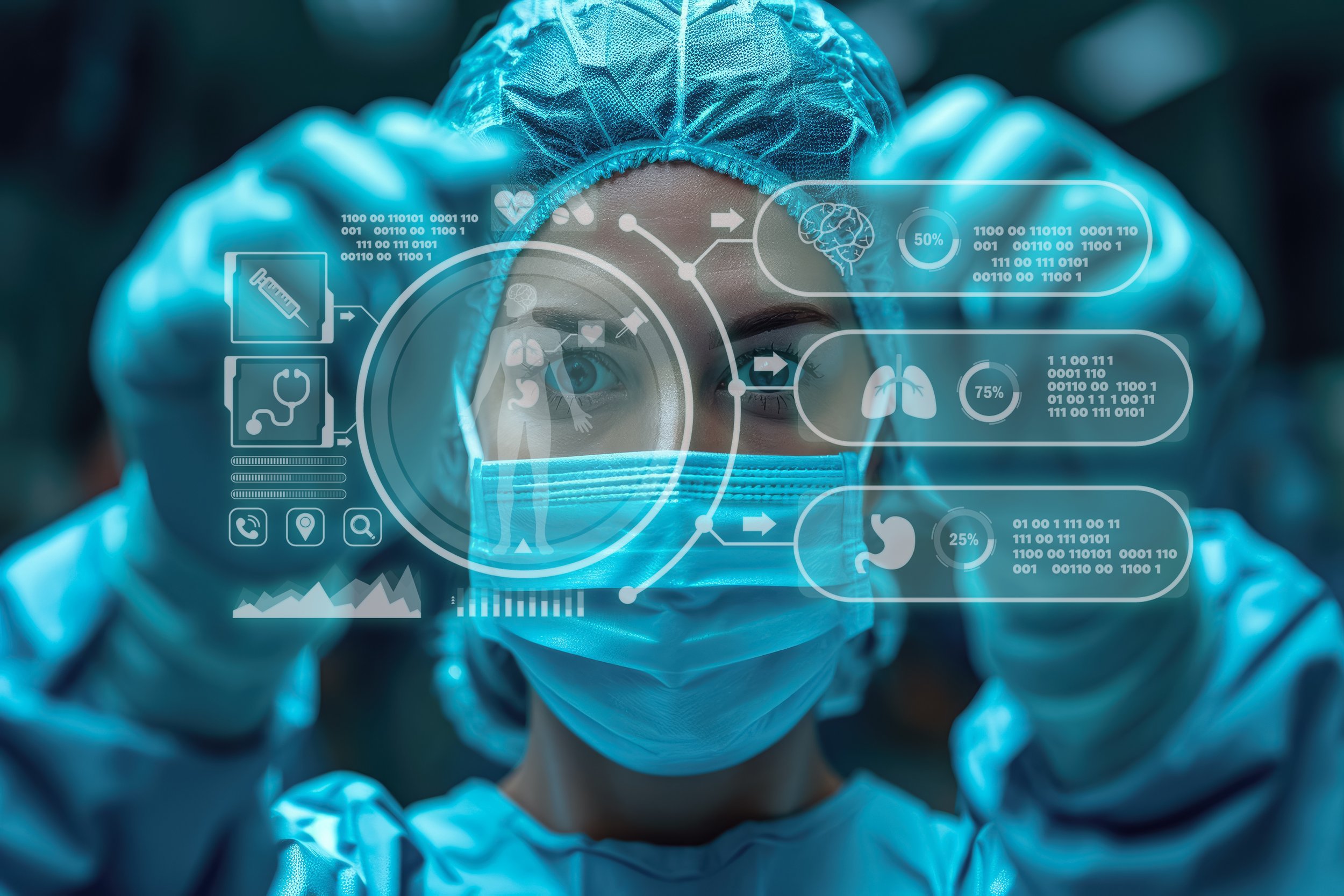
TechNews
Latest updates and insights on tech.
5G: Powering Tech
The emergence of 5G technology marks a significant leap forward in mobile communication. This next-generation network boasts superior capabilities compared to its predecessors, offering vastly improved data speeds, ultra-low latency, and significantly higher network capacity. This article explores the transformative impact of 5G on various emerging technologies, analyzing how its unique features empower advancements in Augmented Reality (AR), Virtual Reality (VR), the Internet of Things (IoT), and autonomous vehicles. We examine how 5G fosters seamless data exchange, real-time interactions, and high-fidelity experiences within these domains, paving the way for innovative applications and advancements.
Scaling IoT: Navigating Growth
The Internet of Things (IoT) has emerged as a transformative force, connecting physical devices to the digital world and fostering a revolution in data collection, automation, and connectivity. However, as the number of connected devices explodes towards billions, a critical challenge emerges scalability. This article delves into the complexities of scaling IoT deployments, exploring the limitations of current infrastructure and the challenges that arise in managing, securing, and processing data from a vast network of interconnected devices. We discuss various solutions and strategies to address these challenges, including advancements in network architectures, data management techniques, and device security protocols. By outlining these challenges and potential solutions, this article aims to guide the development of robust and scalable IoT ecosystems capable of supporting the ever-growing demands of a hyperconnected future.
Autonomous Vehicles: Safety and Ethics
Autonomous vehicles (AVs), also referred to as self-driving cars, represent a transformative technology with the potential to revolutionize transportation. These vehicles, equipped with advanced sensors, software, and processing capabilities, promise a future of increased safety, reduced traffic congestion, and improved accessibility. However, the widespread adoption of AVs necessitates careful consideration of ethical and regulatory challenges. This article explores the technological advancements leading to AV development, delves into the ethical dilemmas surrounding decision-making in critical situations, and analyzes the evolving regulatory landscape. By acknowledging these challenges and fostering collaborative solutions, we can navigate a path towards a future where AVs provide safe, ethical, and responsible transportation.
Biometric Authentication Today
Biometric authentication technologies are revolutionizing the way we verify our identities in the digital world. By leveraging unique biological and behavioral characteristics, these systems offer enhanced security and convenience compared to traditional methods like passwords and tokens. This article delves into the advancements in biometric authentication technologies beyond traditional fingerprint and facial recognition. We explore emerging modalities such as vein recognition, voice recognition, and gait recognition, analyzing their strengths, weaknesses, and potential applications. Additionally, the article discusses the challenges and considerations surrounding the adoption of these technologies, including privacy concerns, security vulnerabilities, and interoperability issues. By fostering innovation and addressing these challenges, we can unlock the full potential of biometric authentication for a more secure and user-friendly digital future.
Next-Gen Photovoltaic Cells
Solar energy represents a clean, abundant, and sustainable energy source with the potential to revolutionize global energy production. However, the efficiency of current photovoltaic (PV) cell technology limits its widespread adoption. This article explores advancements in next-generation PV cell materials and technologies that hold promise for dramatically increasing efficiency and driving down costs. We examine novel materials like perovskites and tandem cells, alongside innovative concepts such as organic-inorganic hybrids and luminescent solar concentrators. By exploring these advancements, we can illuminate a path towards a future powered by efficient and cost-effective solar energy.
IoT: Building Smarter Cities
Rapid urbanization poses significant challenges in managing resources, infrastructure, and citizen well-being. The Internet of Things (IoT) emerges as a transformative technology, enabling the creation of smart cities. This article explores the integration of IoT devices in monitoring and managing critical urban infrastructure, focusing on traffic management, waste management, and energy use. We examine how sensor networks, data analytics, and interconnected devices can optimize resource allocation, improve service delivery, and enhance citizen quality of life. Challenges and considerations regarding data privacy, security, and infrastructure investment are also addressed. By harnessing the power of IoT, cities can pave the way for a more sustainable, efficient, and livable future.
Blockchain: Supply Chain Transparency
Modern supply chains are complex networks spanning continents, often needing more transparency and efficiency. Blockchain technology emerges as a transformative solution, offering an immutable and secure ledger system for recording transactions and tracking the movement of goods. This article explores the potential of blockchain to revolutionize supply chains, focusing on how it enhances transparency, traceability, and trust. We examine how blockchain technology streamlines information sharing, facilitates accountability, and empowers consumers with knowledge of product origin and ethical sourcing practices. Challenges and considerations regarding scalability, interoperability, and energy consumption are addressed. By harnessing the power of blockchain, businesses and consumers can collaborate towards building more transparent, efficient, and sustainable supply chains.
Augmented Reality: Transforming Learning
The traditional classroom often confines learning to textbooks and lectures, leaving a gap between theory and real-world application. Students struggle to connect abstract concepts to practical experiences, hindering skill development. Augmented reality (AR) emerges as a revolutionary tool, offering immersive experiences that transform the learning environment. This article explores the potential of AR for redefining experiential learning, focusing on its impact on skill development through interactive learning experiences. We examine how AR applications can create location-based learning experiences, promote problem-solving and critical thinking, and foster collaboration and communication skills. The article also addresses the impact of AR on student engagement and knowledge retention within an experiential learning framework. Challenges regarding accessibility, content development, and curriculum integration are discussed. By harnessing the power of AR, educators can create a dynamic and engaging learning environment, empowering students to develop the skills necessary to navigate the complex world of the 21st century.
Quantum Cryptography: Secure Communication
The ever-growing reliance on digital communication necessitates robust security measures to protect sensitive information from unauthorized access. Traditional cryptography, based on complex mathematical algorithms, faces potential obsolescence due to advancements in computing power. Quantum cryptography emerges as a revolutionary approach, leveraging the unique properties of quantum mechanics to establish provably secure communication channels. This article explores the fundamental principles of quantum cryptography, focusing on the concept of quantum key distribution (QKD). We examine the advantages of QKD over traditional encryption methods and discuss various protocols for secure key exchange. We also address the current stage of development, challenges associated with implementing QKD in real-world applications, and future directions for this groundbreaking technology.
AI in Healthcare: Predictive Analytics
The healthcare landscape is transforming by integrating artificial intelligence (AI) and machine learning (ML) technologies. AI-driven predictive analytics emerges as a powerful tool, leveraging vast amounts of patient data to anticipate health risks, personalize treatment plans, and optimize resource allocation. This article explores the potential of AI in healthcare, focusing on how predictive analytics contribute to improved patient outcomes and preventive care. We examine how machine learning algorithms analyze patient data to identify patterns and correlations associated with specific diseases or health conditions. We discuss the benefits of AI-driven predictions, including early disease detection, tailored treatment approaches, and proactive risk management. Challenges concerning data privacy, security, and model bias are addressed, along with ethical considerations surrounding the use of AI in healthcare decision-making. Finally, we explore the future directions of AI-driven predictive analytics and its potential to revolutionize healthcare delivery.










